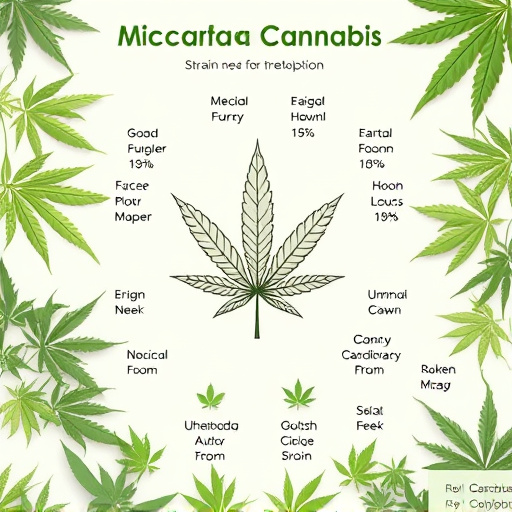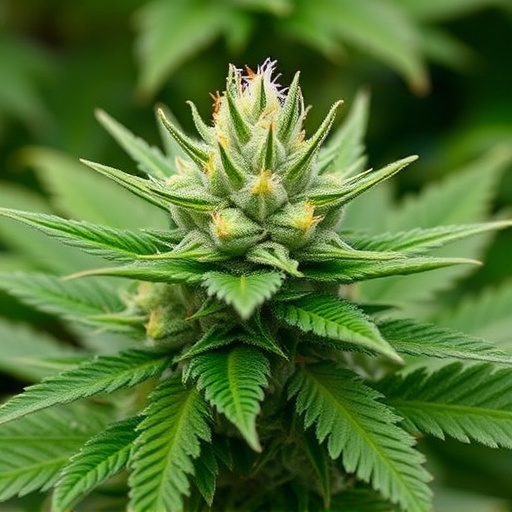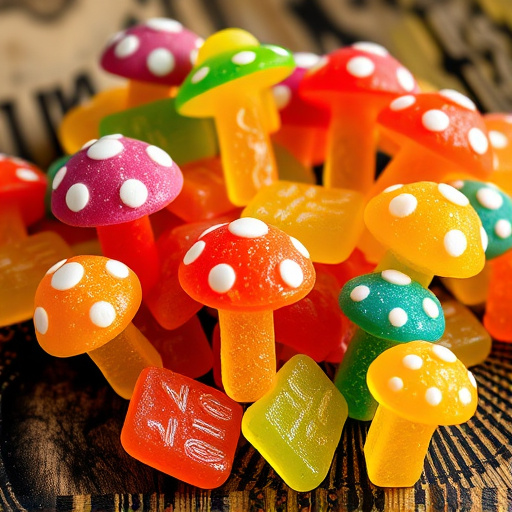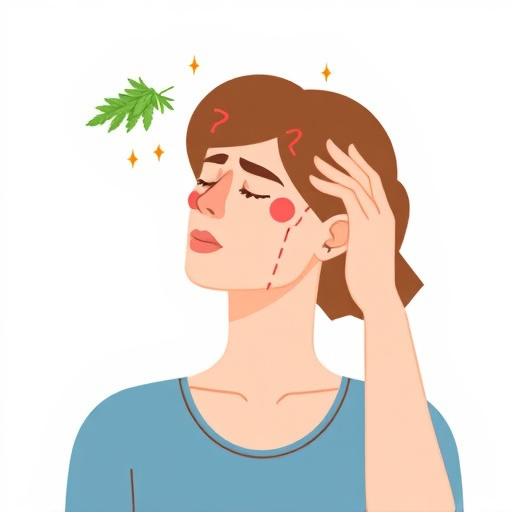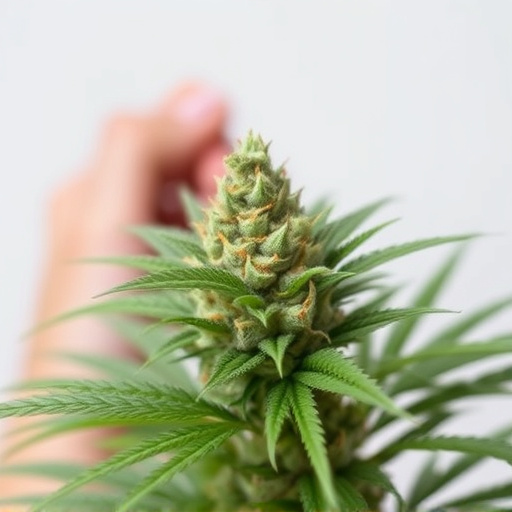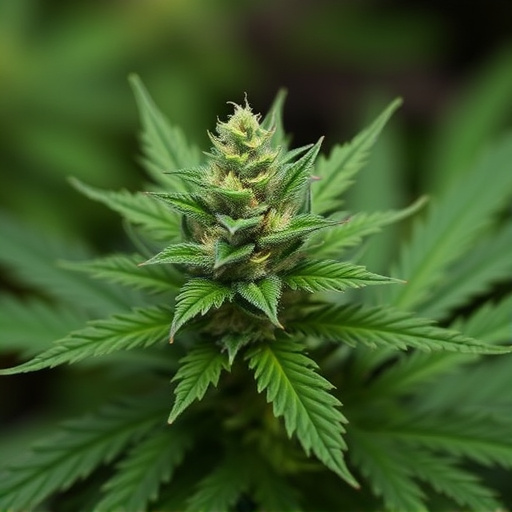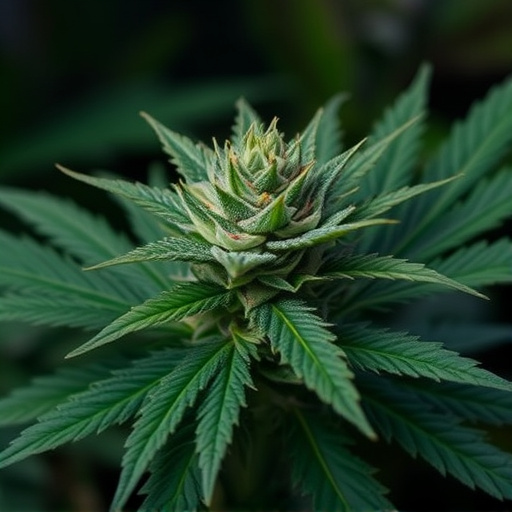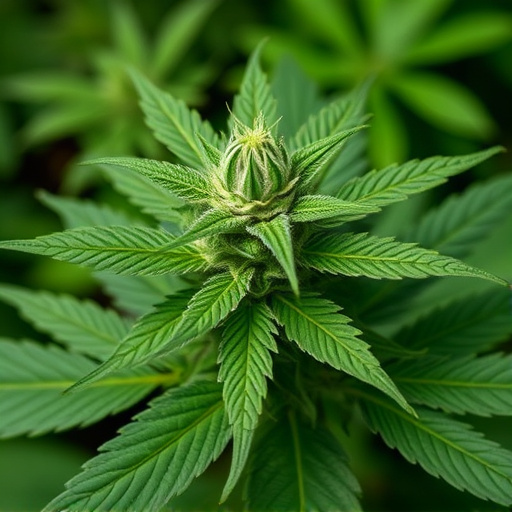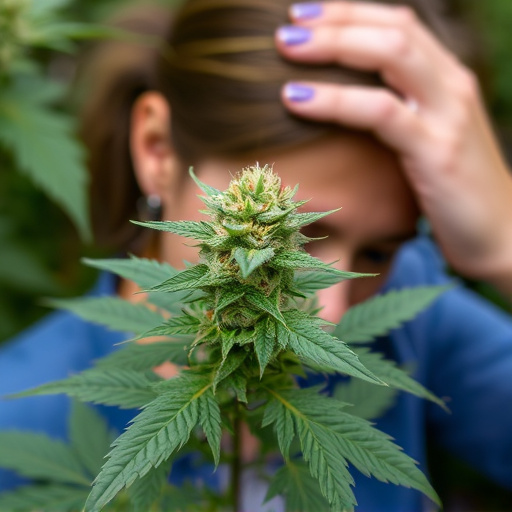Decarboxylation is a key step in preparing cannabis for medicinal use, especially for migraine relief by activating potent compounds like THC and CBD. Specific high-CBD, low-THC strains like Granddaddy Purple, Harlequin, and Charlotte's Web are effective for reducing inflammation and pain associated with migraines. Home decarboxylation involves grinding cannabis and baking it at 220–245°F (105–230°C) for 30-45 minutes. Indica or hybrid strains are recommended for their natural migraine-relieving properties.
Discover the power of decarboxylation in enhancing the benefits of cannabis flower, especially for managing migraines. This process unlocks the full potential of cannabinoids, offering relief and improved well-being. Learn how selecting specific cannabis strains can target migraine pain effectively. Our step-by-step guide provides a safe, home-based method to decarboxylate your choice of cannabis, ensuring a natural, personalized approach to pain management with the best cannabis strains for migraines.
- Understanding Decarboxylation and Its Benefits for Cannabis Flower
- Selecting the Best Cannabis Strains for Migraines
- Step-by-Step Guide to Decarboxylating Cannabis Flower at Home
Understanding Decarboxylation and Its Benefits for Cannabis Flower
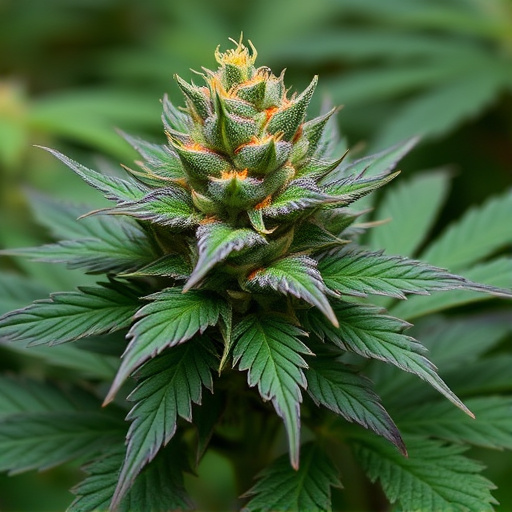
Decarboxylation is a crucial process in preparing cannabis flower for consumption, especially for those seeking its medicinal benefits, such as relief from migraines. It involves heating cannabis to activate its compounds, specifically THC and CBD, which are non-active when fresh. During this process, the plant undergoes a transformation, converting raw cannabinoids into their vaporized or decarboxylated forms. This makes the cannabis more potent and bioavailable, ensuring that your body can effectively absorb and utilize these beneficial compounds.
For migraine sufferers, understanding decarboxylation is essential as it enhances the effectiveness of cannabis as a potential treatment. By decarboxylating specific strains known for their anti-inflammatory and analgesic properties, individuals can experience relief from migraine pain and associated symptoms. The process allows for a more precise dosing and controlled intake of cannabinoids, making cannabis a viable alternative or adjunctive therapy for those looking to manage their migraines naturally.
Selecting the Best Cannabis Strains for Migraines
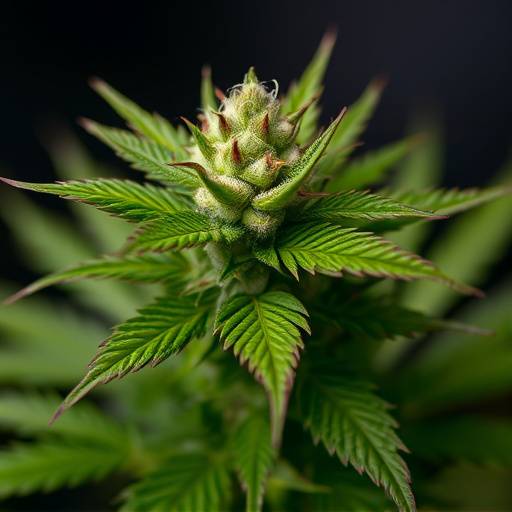
When it comes to alleviating migraine pain, certain cannabis strains have proven effective due to their unique chemical profiles and terpene content. The best cannabis strains for migraines often contain high levels of CBD (cannabidiol) and low THC (tetrahydrocannabinol), as this balance provides a soothing effect without causing psychoactive effects that may worsen symptoms.
Varieties like Granddaddy Purple, Harlequin, and Charlotte’s Web are renowned for their migraine-relieving properties. These strains offer a blend of CBD and THC, which can help reduce inflammation and pain perception. Additionally, the terpenes present in these cannabis flowers, such as linalool and myrcene, have been linked to calming effects and may contribute to their effectiveness in managing migraines.
Step-by-Step Guide to Decarboxylating Cannabis Flower at Home
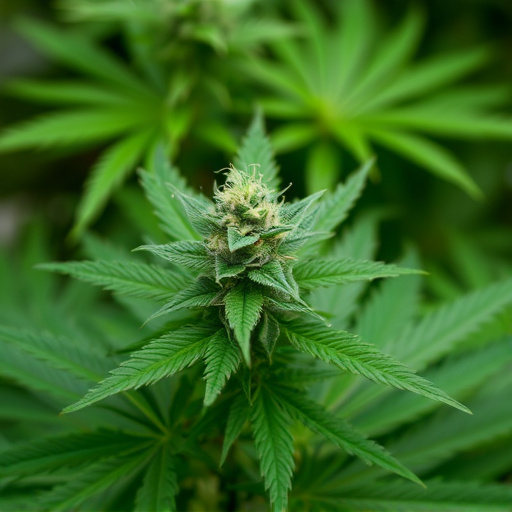
Decarboxylating cannabis flower at home is a straightforward process that can help you harness the therapeutic benefits of this natural remedy, especially when it comes to alleviating migraines. Here’s a step-by-step guide to ensure you get the best results from your chosen strains, like those known for their migraine-relieving properties, such as certain indica or hybrid varieties.
First, prepare your cannabis flower by breaking it down into smaller pieces using a grinding tool. Ensure that your workspace is clean and well-ventilated, as decarboxylation releases potent aromas. Next, measure out the ground cannabis and place it in an oven-safe container, typically a glass dish or baking tray. Preheat your oven to 220–245°F (105–230°C) and bake the cannabis for approximately 30–45 minutes, stirring occasionally to ensure even heating. The key is to reach the ideal temperature range without burning the flower. After baking, allow the decarboxylated cannabis to cool down before transferring it to an airtight container for storage.
Decarboxylation is a simple yet powerful process that enhances the therapeutic potential of cannabis flower, especially for those seeking relief from conditions like migraines. By understanding how this chemical transformation works and following a comprehensive guide, such as the step-by-step method outlined in this article, individuals can unlock the full benefits of specific best cannabis strains for migraines. Through decarboxylation, you can create potent cannabis products at home, offering a personalized and effective solution for managing pain and achieving a sense of calm.

